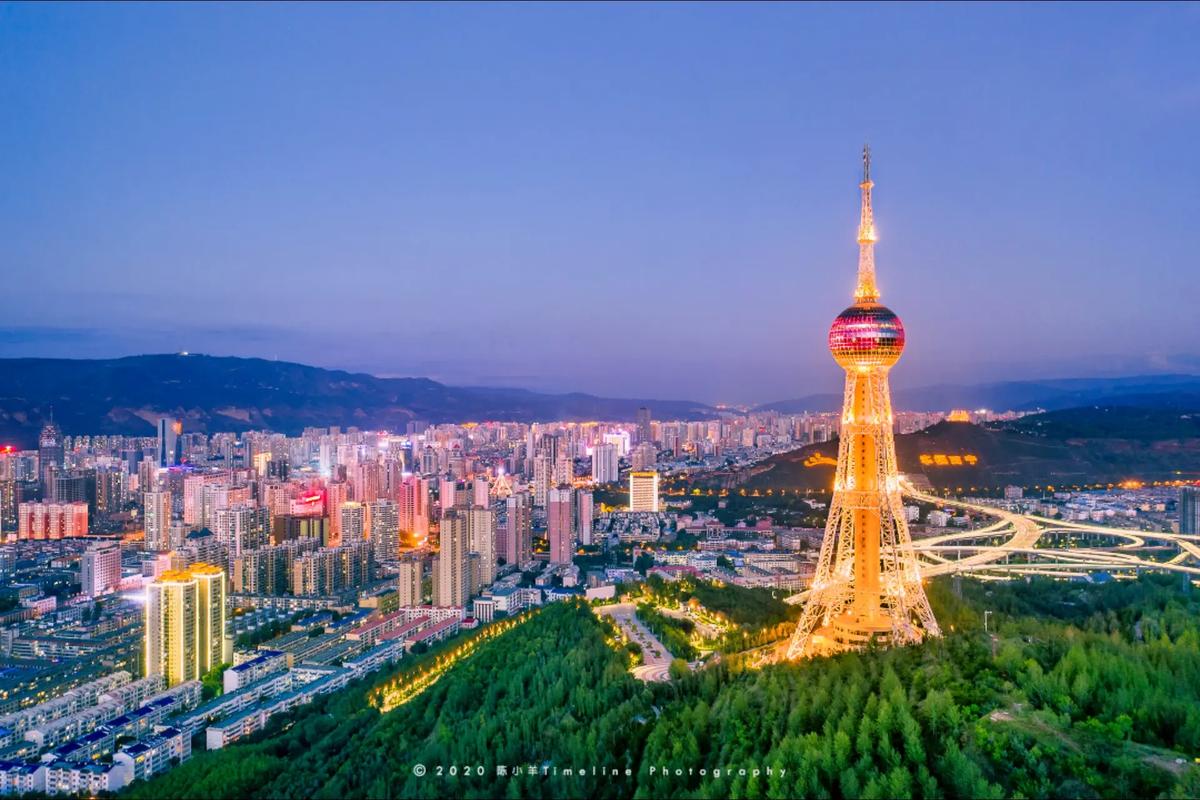Nestled on the northeastern edge of the Tibetan Plateau at an elevation of 2,275 meters, Xining—the capital of Qinghai Province—is a city where ancient traditions and modern progress converge. Known as the “Gateway to the Tibetan Plateau,” it offers a unique blend of highland charm, multicultural heritage, and breathtaking landscapes. Let’s delve into what makes this city a must-visit destination.
Urban Development: Sustainability Meets Modernity
Xining has emerged as a model of sustainable urban development. In recent years, the city has prioritized green initiatives, such as an advanced public transportation network featuring electric buses and a metro system, significantly reducing carbon emissions. Renewable energy projects, including solar and wind power, now supply a substantial portion of the city’s electricity. Meanwhile, Xining’s economy thrives on innovation, with the Xining Science and Technology Park attracting startups and research institutions focused on renewable energy and biotechnology. Despite rapid modernization, the city retains its historical soul, carefully restoring landmarks like the Dongguan Mosque and integrating traditional architectural elements into new developments.
A Journey Through History
With over 2,100 years of history, Xining has long been a crossroads of civilizations. It served as a vital Silk Road hub, connecting Central Asia with China’s heartland. Under the Han Dynasty, it was a frontier stronghold defending against nomadic tribes, and its strategic importance continued through the Tang and Song dynasties. The city’s name, meaning “Peace in the West,” reflects its historical role in stabilizing the region. Religious diversity also shaped its identity: the 16th-century Ta’er Monastery (Kumbum Monastery), a masterpiece of Han-Tibetan architecture and a center of Tibetan Buddhism, stands as a testament to this legacy.
Must-Visit Attractions
- Ta’er Monastery
A spiritual and architectural marvel, this monastery is one of Tibetan Buddhism’s six great Gelug school sites. Its golden-roofed halls and intricate murals offer insight into centuries of religious devotion. - Qinghai Lake
Just a short trip from Xining, this vast alpine lake—China’s largest—stuns visitors with its crystal-blue waters and surrounding grasslands. It’s a paradise for birdwatching and cycling. - Dongguan Mosque
A symbol of Xining’s Islamic heritage, this 14th-century mosque blends Chinese and Arabic architectural styles. Its bustling courtyard reflects the city’s harmonious multiculturalism. - Chaka Salt Lake
Dubbed the “Mirror of the Sky,” this ethereal lake creates surreal reflections of the sky, making it a photographer’s dream. - Qinghai Provincial Museum
Explore artifacts from Qinghai’s nomadic cultures, including Tibetan thangka paintings and ancient Silk Road relics.
A Culinary Adventure
Xining’s cuisine mirrors its ethnic diversity. The Hui Muslim community offers savory delights like hand-pulled noodles (牛肉拉面) and spicy lamb skewers. Tibetan influences shine in tsampa (roasted barley flour) and yak meat dishes, while the Han Chinese contribute hearty stews and dumplings. Don’t miss the city’s iconic suanmeitang (sour plum drink) or sweet glutinous rice desserts. For an authentic experience, visit the bustling Shazhou Night Market, where the aroma of grilled meats and freshly baked bread fills the air.
Final Thoughts
Xining is more than a stopover en route to Tibet—it’s a destination where history, culture, and nature intertwine. Whether you’re hiking through alpine meadows, marveling at sacred monasteries, or savoring fusion flavors, this city promises an unforgettable journey into the heart of western China.
Plan your trip to Xining and let its stories unfold! 🌄✨
: Historical and cultural insights.
: Urban development initiatives.
: Travel itineraries and natural attractions.
: Culinary traditions.
